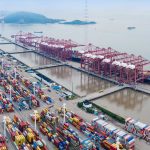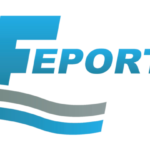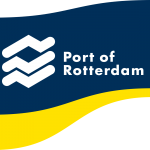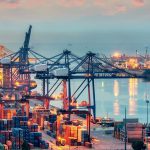NEW DELHI: Prime Minister Narendra Modi arrived in Kananaskis, Canada, on Tuesday to participate in the 51st G7 Summit. Marking his first visit to Canada in a decade, PM Modi’s presence is expected to play a pivotal role in discussions focused on global challenges, particularly energy security, advanced technologies, and innovation.
His visit is part of a broader three-nation tour, with Canada being the second leg following Cyprus. The invitation to the summit was extended by newly appointed Canadian Prime Minister Mark Carney. The high-level gathering, scheduled for June 16–17, marks PM Modi’s sixth consecutive appearance at the G7, underscoring India’s growing global diplomatic presence.
What’s on the Agenda?
PM Modi’s 23-hour visit is packed with key engagements. He is slated to address the G7 Outreach Session on Tuesday, where discussions will centre around global cooperation in energy, technology, and the future of innovation. One major theme of the summit is the intersection of artificial intelligence and energy policy, along with emerging quantum technologies.
In addition to his address, PM Modi is expected to hold several bilateral meetings with world leaders, including a significant one-on-one with Canadian Prime Minister Mark Carney. He will depart for Croatia later on Tuesday evening.
According to the Ministry of External Affairs, “At the Summit, the Prime Minister will exchange views with leaders of G7 countries, other outreach nations, and heads of international organisations on pressing global issues, with a particular focus on energy security, the AI-energy nexus, and quantum-related developments.”
The timing of the summit is also noteworthy, coming just weeks after India carried out Operation Sindoor, a targeted military operation against terror camps in Pakistan and Pakistan-occupied Kashmir.
Why PM Modi’s Visit to Canada Matters
PM Modi’s presence in Canada comes amid efforts to reset India-Canada ties, which had sharply deteriorated over the past year. His invitation by PM Mark Carney is being interpreted as a diplomatic olive branch, signaling Canada’s new government’s intent to restore relations with India.
Relations between the two countries soured following the June 2023 killing of pro-Khalistani separatist Hardeep Singh Nijjar. In the fallout, India withdrew its High Commissioner and several diplomats after Canada alleged their involvement in the case. India, in turn, accused the Canadian government under then-Prime Minister Justin Trudeau of turning a blind eye to extremist elements operating from Canadian soil.
Mark Carney, a former economist and central banker, took over as Prime Minister in March this year following Trudeau’s resignation. Since Carney’s appointment, both nations have expressed a willingness to mend fences. Back-channel diplomatic engagement has resumed, and there are ongoing talks to appoint new high commissioners to re-establish formal diplomatic ties.
The upcoming Modi-Carney meeting is being seen by New Delhi as an opportunity to exchange perspectives and “explore pathways” for renewed cooperation, the Ministry of External Affairs stated last week.
Diaspora and Education Links
Canada is home to one of the largest Indian diasporas in the world, with around 1.8 million people of Indian origin, constituting about 4.5% of the Canadian population. Among them, over 770,000 identify as Sikhs. Additionally, nearly 1 million NRIs reside in Canada as students, professionals, or temporary workers.
Indian students make up the largest segment of international students in Canada. In 2022, they accounted for 41% of the total international student population. However, recent immigration reforms in Canada have affected not only the prospects for Indian students but also the financial viability of many Canadian educational institutions.
PM Modi’s visit provides a platform to address these shared concerns and recalibrate bilateral relations through diplomacy, diaspora engagement, and strategic dialogue.






